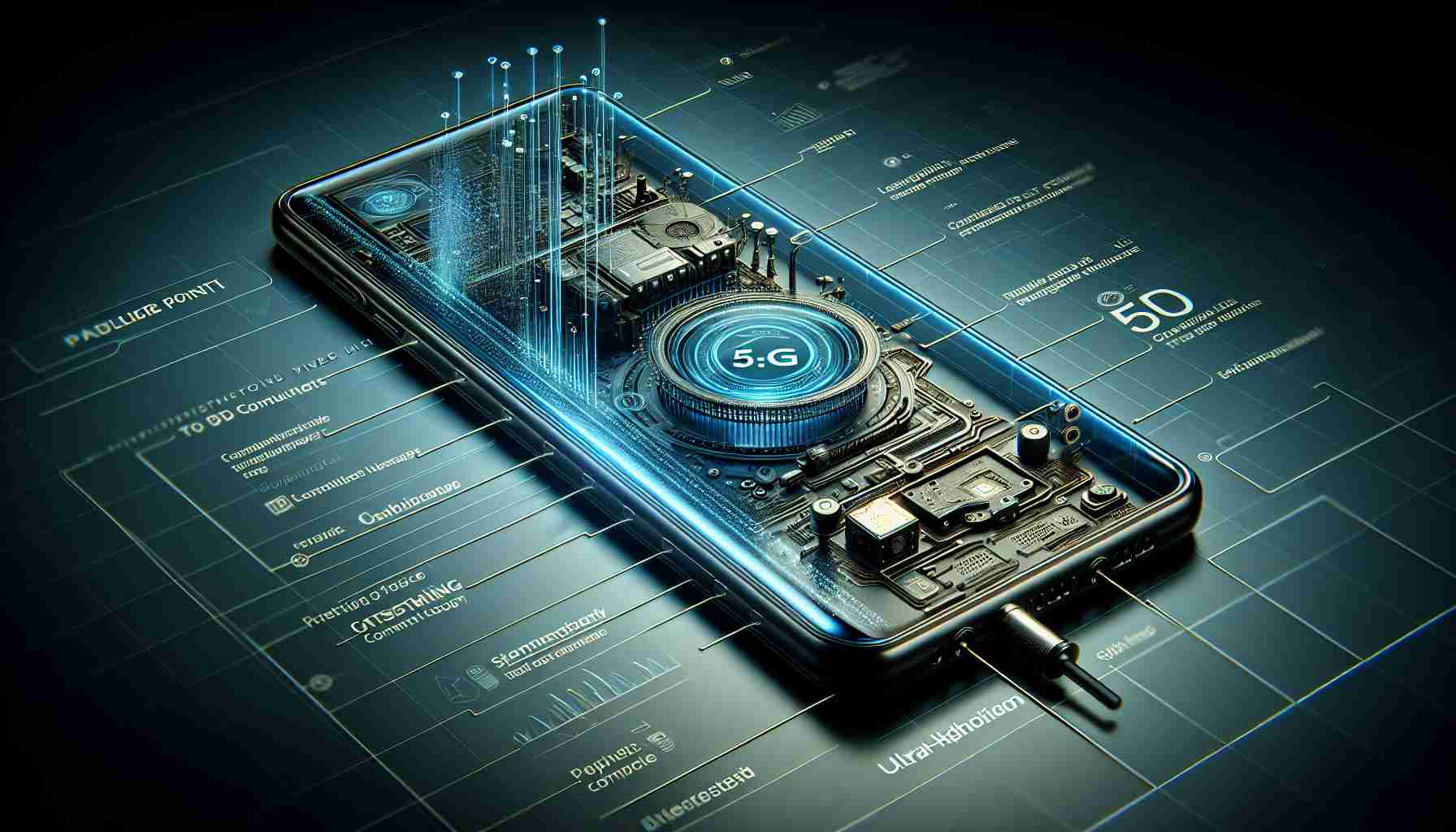The race to turbocharge mobile connectivity is unending, and at the forefront is the Xiaomi 14 Ultra, distinguishing itself as one of the inaugural smartphones to embrace the advanced 5.5G – an enhanced version of the formidable 5G technology. After a crucial software update, this device is now well-equipped to harness the impressive capabilities of 5.5G.
Among the milestones achieved with 5.5G is the potential for record-breaking download speeds of up to 5 Gbps, a feat the Xiaomi 14 Ultra has reached in trials conducted by China Mobile. Such speed would shatter previous performance ceilings and is just a glimpse of the future that 5.5G promises. Acknowledging the groundbreaking nature of this technology, China Mobile is on track to roll out its 5.5G network across an extensive grid, aiming to encompass more than 300 urban areas before the year’s end.
The perks of 5.5G extend well beyond mere speed enhancement. Prospective users can anticipate an era marked by ultra-low latency communication and a prodigious network capacity that could seamlessly support an ecosystem of up to 100 billion IoT devices. With these advancements, China Mobile projects a community of over 20 million 5.5G subscribers within a few years, setting the stage for a revolution in connectivity and how we interact with our smart environments.
Key Questions and Answers:
Q: What is 5.5G technology?
A: 5.5G technology is an incremental advancement over the existing 5G network standards. It is still a part of the 5G family but offers improvements in data rates, latency, and network capacity, which might lead to improved performance and reliability in high-demand areas and applications.
Q: How does Xiaomi 14 Ultra benefit from 5.5G?
A: The Xiaomi 14 Ultra can achieve higher download speeds (up to 5 Gbps), lower latency, and greater network efficiency with its support for 5.5G connectivity. This can translate to a smoother and faster user experience, particularly for high-bandwidth activities such as streaming, gaming, and large file transfers.
Q: What are the challenges associated with 5.5G?
A: Some challenges include the need for infrastructure upgrades to support the new technology, ensuring widespread coverage, managing the transition from existing networks, and addressing the increased energy consumption that may come with higher performance. Additionally, concerns over the security and health impacts of new wireless technologies continue to generate debate.
Controversies:
Controversies surrounding 5.5G are similar to those faced by 5G, including public concerns about potential health effects from radiofrequency radiation, skepticism regarding the actual user-perceived benefits versus the costs of implementing the technology, and geopolitical tensions related to technological leadership and security.
Advantages of 5.5G with Xiaomi 14 Ultra:
– Enhanced download and upload speeds significantly improve content streaming and uploading experiences.
– Lower latency facilitates real-time applications, such as immersive gaming and critical communications.
– Increased network capacity allows more devices to connect, which is essential for growing IoT and smart city applications.
Disadvantages of 5.5G with Xiaomi 14 Ultra:
– Potential need for a more expansive and expensive infrastructure upgrade.
– Higher energy consumption compared to previous network generations.
– Limited initial availability may lead to unequal access across different regions.
For related information, please visit:
Xiaomi Official Website and
China Mobile Official Website. These sites provide insights into the companies’ latest advancements and involvement in the 5.5G connectivity space. Please ensure you visit these URLs to access the most accurate and up-to-date information.
The source of the article is from the blog zaman.co.at
